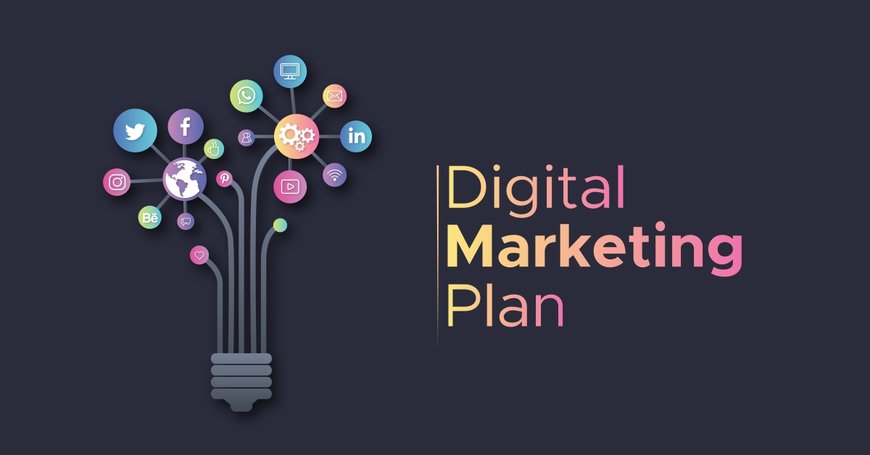If you want your business to continue to grow in the 21st century, you must have a digital marketing plan. Digital marketing contains the most effective strategies to reach valuable potential customers interested in your business. If you don’t have a digital marketing business plan set up, now is the time to create your own!
In this post, we will provide 5 steps on how to create a digital marketing plan.
Define your brand
The first step to success with your digital marketing plan is to define your brand. It is important to know the ins and outs of your brand in order to sell it to your audience.
Define what is unique about your business. What do you bring to the table that your competitors don’t?
It is essential to understand what makes your business unique so that you can market it to your audience.
Create unique selling points (USPs) to give your audience an idea of your brand.
These are facts about your business that are unique to your company, but also convince someone to choose your team. USPs strengthen someone’s brand image and make them feel more confident in selecting you over the competition.
In addition to your USPs, you need to define your brand’s mission and values. Define why you do what you do.
Create buyer personas
You can’t create an effective digital marketing plan without knowing who you’re trying to reach. The next step in your digital marketing plan is to create personas to define your target audience.
Buyer personas are fictitious personas that represent the characteristics of the people you are trying to target to purchase your products or services. They represent your ideal customer and the person most likely to buy from your company.
To create your buyer persona, collect information such as:
- Location
- Age
- Income
- Job title
- Hobbies and interests
- Goals
This is great information that will help you shape your buyer persona.
Set your goals
Before you embark on a marketing journey to your target audience, define your goals. It’s important to set goals so you can determine if your marketing campaign is working effectively to help your business grow.
When you set goals, set small and large. Your small goals should help you stay on track to reach your big goals.
Let’s say your big goal is to increase conversions by 40%.
A small goal to help you achieve this goal might be to get 10 new email subscribers. This smaller goal helps you work toward your larger goal.
When setting goals, it is crucial that you set measurable goals. These are also known as SMART goals.
SMART stands for:
- Specific
- Measurable
- Attainable
- Relevant
- Timely
You want to set goals that define what you want to achieve.
Choose your digital marketing methods
If you want to know how to create an effective digital marketing plan, choose the right digital marketing methods. You know who you’re trying to reach and their goals, so the next step is to figure out which channels will help you reach them.
There are many methods available to your business to reach these potential customers:
- Search engine optimization (SEO)
- Pay-per-click (PPC) advertising
- Content marketing
- Email marketing
- Social media marketing
- Influencer marketing
These are just some of the channels you can use to reach your audience. As you begin to shape your digital marketing plan, you need to choose which methods you want to use to reach your audience.
Set your budget
Your budget is a crucial part of your campaign. You need to know how much you can afford to spend on your digital marketing campaign before you start implementing your methods. Having a defined marketing budget allows you to better allocate your money to the services you need.
When you set a budget, you can split it up and allocate the money to different channels.
You need to strike a balance between how much you’re willing to spend on each channel and how much you need to spend to drive valuable results.
Following these 5 steps on how to create a digital marketing plan will help you reach more people interested in your business. A strategic plan will help you get new leads and drive conversions for your business.
